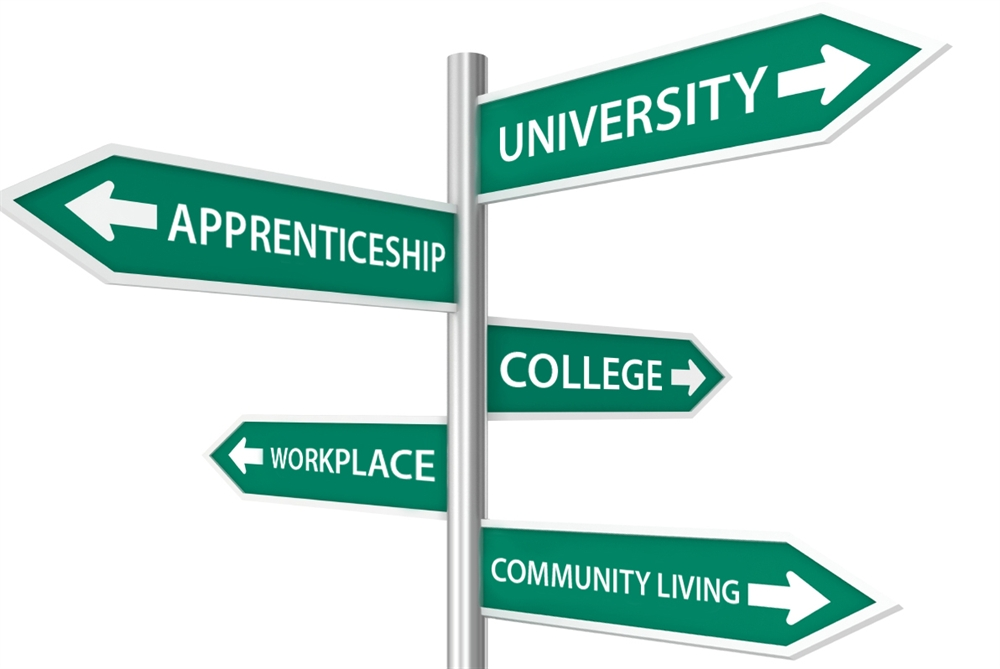 The exciting part of post-secondary pathway planning is that while you will need to choose an initial post-secondary destination, it’s not the only one you can choose! It is very common for people to pursue two, three or more of the post-secondary pathways over the course of their education as they work toward their educational and career goals.
ONTransfer is an excellent website to learn more about all of the opportunities that exist to pursue multiple post-secondary pathways. The following provides a list of potential options to consider.
The exciting part of post-secondary pathway planning is that while you will need to choose an initial post-secondary destination, it’s not the only one you can choose! It is very common for people to pursue two, three or more of the post-secondary pathways over the course of their education as they work toward their educational and career goals.
ONTransfer is an excellent website to learn more about all of the opportunities that exist to pursue multiple post-secondary pathways. The following provides a list of potential options to consider.
Joint Articulation Agreements
- Every year, more collaborative university and college program options become available to provide unique learning opportunities for students through joint articulation agreements.
- Through this type of arrangement, colleges and at least one university negotiate an articulation agreement under which graduates of a diploma program will receive a full credit toward a university degree for their diploma program.
 Diploma to Degree Pathways
Diploma to Degree Pathways
- Under these agreements, qualifying students in eligible programs can complete their diploma studies and move on to university to complete their degree in four years (two years at college and two years at university) or five years (three years at college and two years at university).
- These pathways streamline and harmonize the student experience so that credits are directly acknowledged and accepted.
- This pathway provides students with diverse learning opportunities from a variety of sources, experiencing hands-on and theoretical classroom experiences that will position them for future success.
- Visit the
OUAC and
OCAS websites for more information about the application process for these programs.
Course Transfers
A course transfer is when a student is granted credit by one program or institution for courses taken at another program or institution. Courses that are evaluated as sufficiently similar are deemed course equivalent.
Fun Fact: 60,000 students transfer between post-secondary institutions in Ontario EACH YEAR!
Benefits to transferring credits include:
- The ability to build a foundation and become prepared for the next level of education.
- Many programs offer students with a two-year or three-year diploma to transfer directly into second or third year university.
- Diploma to degree programs can reduce the cost of obtaining a degree, as the first two years of college tuition are typically less than university tuition.
- Many students graduating from a degree program at university are attending college upon graduation in order to obtain graduate certificates to increase their chances of employment.
- Many colleges and universities offer bridging programs where rather than transfer credits, students can apply to a two semester bridging program that allows students to go from their diploma to a degree. An excellent example of this is completing Practical Nursing and moving on to Registered Nursing.
It is important to do your research to ensure that the credits or programs you are pursuing are transferable to the institution of your choice.
Looking for more assistance in navigating intersecting pathways? Speak to your Guidance Counsellor.
Explore - HDSB Guide to Post Secondary